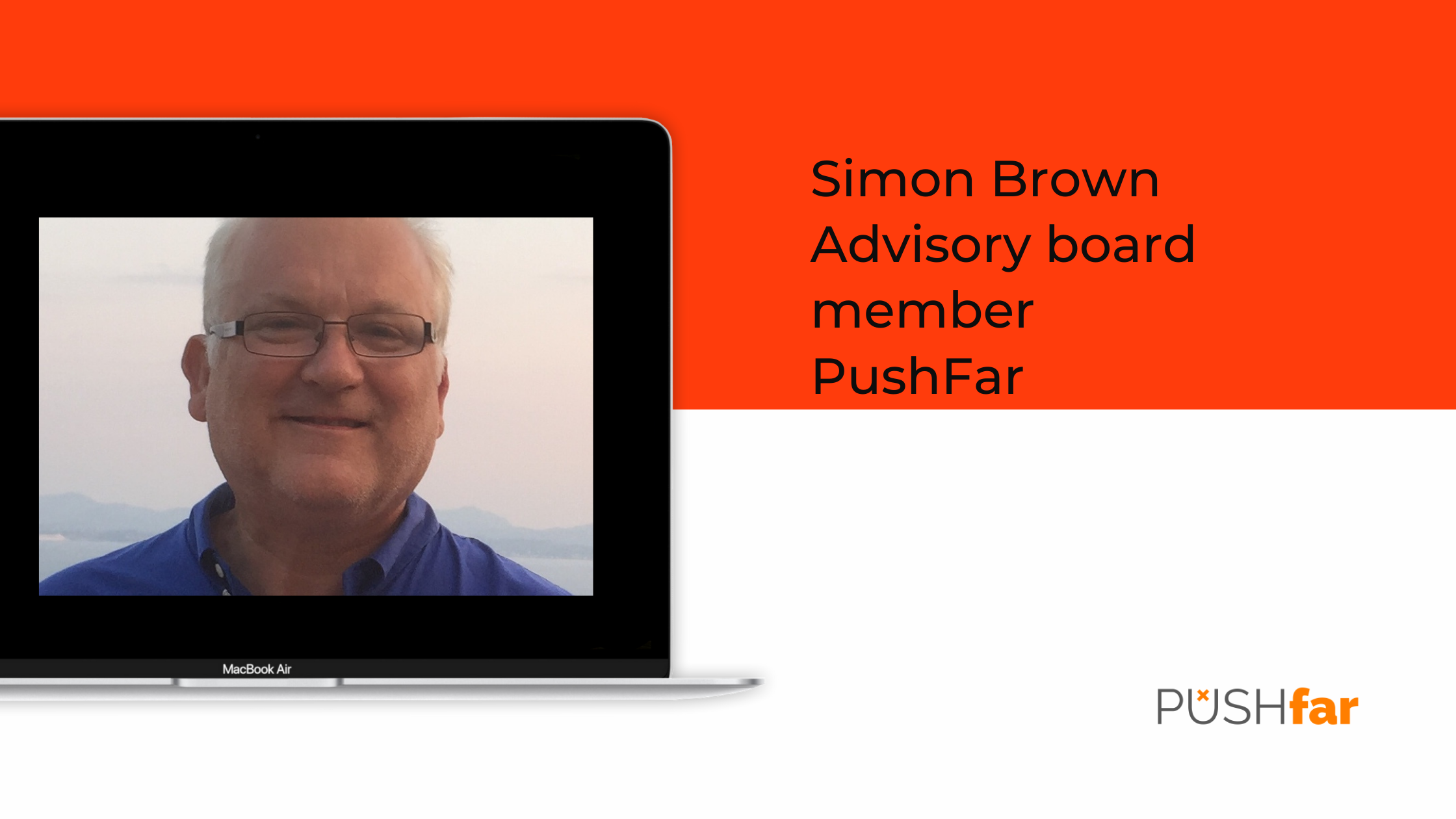Mentoring for success: a checklist
Mentoring may have had its origins in ancient Greece but it is an essential instrument in today's HR toolbox. PushFar advisory board member Simon Brown explores why mentoring is so important for organisational success and the key points to consider when setting up a scheme

Mentoring is one of the single most effective ways to improve employee retention, engagement, cross-organisational knowledge sharing and assist with inclusion and diversity objectives too. So, simply put, mentoring is incredible.
Four key questions to answer: a checklist to get started
At times of significant change, exactly like those we are facing now, organisations will do well to remember some classic ways to connect, engage and help their people to grow. One of these is mentoring, with its origins in ancient Greece, but still so relevant today.
Yes, we are for sure in a VUCA age: volatile, uncertain, complex, ambiguous. As the well referenced phrase goes: “these are unprecedented times”. So how do we attract, engage, and keep our employees motivated in a way that is flexible, effective, empathetic and with proven success.
One answer to this billion-dollar question is one of those best kept secrets: Mentoring.
According to extensive research over the last 16 years Mentoring has proven to be a flexible, low cost, personal way to improve organisational effectiveness. In the words of professor David Clutterbuck: “Every organisation needs some form of career development programme to produce a succession of motivated, upward-moving employees. Mentoring because it allows people to learn in an unthreatening manner, involves relatively little direct cost and is effective for all sorts of people, is one of the fastest expanding approaches to developing managerial potential.” Everyone Needs a Mentor, 2004.
And yet many organisations just do not think they have the time or money to invest in mentoring. Or maybe mentoring is not even on their radar screens, yet. But it is a lot easier to do mentoring than many people think. And so much more cost effective, flexible and empowering than many other forms of learning and development in these tough times.

Here are a few key pointers for getting started with mentoring in your organisation. Ask yourself these four big questions:
1. What is your business need and your current context?
Be clear of the context, the reason for starting a mentoring programme in your organisation. Identify the business driver – what are you aiming to achieve, what do you want to change or sustain? Then ensure your mentoring programme aligns to and underpins the business need. This will keep mentoring relevant and sustainable for your organisation.
2. What are the desired outcomes?
What specific outcomes are you looking for from your mentoring scheme? It might be…
• A talent pipeline for leadership succession
• A cross fertilisation of skills and knowledge
• Two-way development for the mentee and the mentor
• A tangible way to bring your diversity and inclusion policy to life by matching diverse people into mentoring pairs
• Improved, accelerated onboarding
• Stronger engagement, cross-organisational communication, and talent retention?
Choose three or four outcomes to focus on which are measurable and most relevant to your organisation now.
3. How will you measure effectiveness?
Measures of mentoring can be both quantitative and qualitative, yet need to be relevant to your organisation and its ways of working:
• Did mentoring matching take place?
• Were mentoring contracts agreed?
• Did meetings take place frequently enough to maintain momentum (at least one per month is a norm)?
• To what extent did learning take place (scale 4 = high / 1 = low)?
• Would you recommend your mentor to others: yes, no (or net promoter score of 9 or 10 on a 10-point scale)?
• Were goals achieved?
• Did employee retention improve?
• Did employee engagement increase?
• Did lateral development/promotional moves happen?
• Was the succession plan strengthened?
4. How will you manage and administer mentoring?
The keys to an effective set -up of a mentoring programme include:
• Having a senior leadership team/board level member as sponsor
• Creating a small steering group of line managers and HR/L&D to give momentum and monitor progress
• Enlisting volunteers only into the mentoring scheme; they need to be willing to participate and see the benefits for themselves
• Providing some awareness training on roles and responsibilities for mentors and mentees (practical webinars, lunch and learn sessions, etc)
• Providing a way for wants (of the mentee) and offers (of the mentor) to be identified and exchanged
• Establishing a mentoring matching selection criteria: This should link to the business outcomes agreed up front, and often includes ensuring the realistic wants can be met by the realistic offers, and that the mentoring pair are committed to work together for an agreed period of time, linked to the achievement of those short or long term goals. Decide on the level of control and empowerment, whether the organisation will drive the matching process, or whether mentees can self- select their mentor or vice- versa.
• Giving full consideration to the amount of administration time resources and communications that will be needed to keep the mentoring scheme running and sustainable
And finally, when you have gone through the above checklist for getting started with mentoring in your organisation, do consider this: PushFar can help you via its innovative cloud-based career platform to manage, monitor, administer your mentoring programme, enabling matching, goalsetting, meeting scheduling, tracking, automated prompts and reminders, feedback and review. So at least 85% of the management and administration of mentoring can be enabled by PushFar for you.

For more information please go to PushFar

